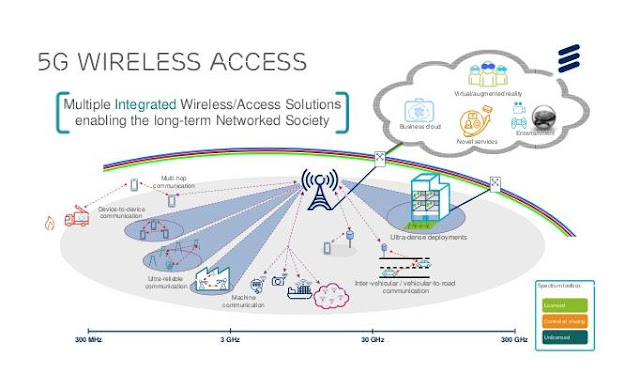Researchers at the University of California, Berkeley, are now testing a kind of license plate for drones they think could help make drone operators more accountable. The project, called Lightcense, involves a rectangular array of bright, multicolored LEDs attached to the underside of a craft. The LEDs blink a unique pattern that could be looked up in a database by law enforcement to identify a drone’s owner.
The LED license plate is designed to be decoded by a smartphone app, specialized camera equipment in the hands of law enforcement, or even memorized by someone who spies a drone that’s up to no good. That would provide an urgently needed public accountability mechanism lacking today, says Aislan Foina, director of the Cal Unmanned Aviation Research Lab at the University of California, Berkeley.
The FAA is working to finalize rules for people and companies using drones commercially. Many U.S companies, including Amazon and Google, are making plans for services such as package delivery by drone, or drones for surveillance or crop inspection (see “10 Breakthrough Technologies 2014: Agricultural Drones”), but it is still unclear how safety and privacy will be enforced when flocks of drones surround us.
NASA is working on systems to track and manage drone air traffic (see “Air Traffic Control for Drones”). Some manufacturers program their craft with “no fly” zones, for example over central Washington, D.C. Others argue commercial drones should adopt radio locator beacons like those on conventional aircraft.
Foina says a license plate model would be more appropriate for the way drones are set to impinge on public space. “If a drone is bothering people, they’re going to call the police, not the Air Force or FAA,” he says. A visual tag also works better than a radio beacon in a situation where multiple drones are in the same area, Foina adds.
The Berkeley researchers first tested their idea by modifying a drone made by the manufacturer 3D Robotics with extra electronics and high-brightness LEDs (see image). In daylight, the license plate’s pattern could be identified by the naked eye from about 100 meters away, and at 150 meters using a custom app on a smartphone augmented with a cheap zoom lens.
 The researchers are now working on a prototype of a special camera that could be used by police to read drone license plates. They are also finishing an improved license plate design, in the form of a tough box roughly the size and shape of a smartphone that packages together an LED license plate with a standard aircraft location beacon and a battery. This is intended as a standardized component that could be attached to any drone, and would keep operating even if it crashed. Foina says he has had talks with 3D Robotics about how it might modify its drone’s electronics to support the design, but the company has not committed to doing so.
The researchers are now working on a prototype of a special camera that could be used by police to read drone license plates. They are also finishing an improved license plate design, in the form of a tough box roughly the size and shape of a smartphone that packages together an LED license plate with a standard aircraft location beacon and a battery. This is intended as a standardized component that could be attached to any drone, and would keep operating even if it crashed. Foina says he has had talks with 3D Robotics about how it might modify its drone’s electronics to support the design, but the company has not committed to doing so.Todd Humphreys, an assistant professor at the University of Texas, Austin, says the idea could help address what he calls the “urgent problem of tracking down the operators of misbehaving drones.” LED plates might be simple enough that drone manufacturers would accept them without fear of overburdening their customers, he says.
However, it would be relatively easy to tape over your license plate, remove the device, or build a drone without one, Humphreys notes. He thinks building always-on location beacon technology into the radio components used in the drone industry could be a more reliable way of ensuring that most drones, and their operators, are traceable.
Foina counters that the way car license plates work shows that it doesn’t necessarily matter if his LED plates are easily disabled. “If a drone’s not blinking you would know it’s not coӧperating with the system, and that’s suspicious,” he says.













